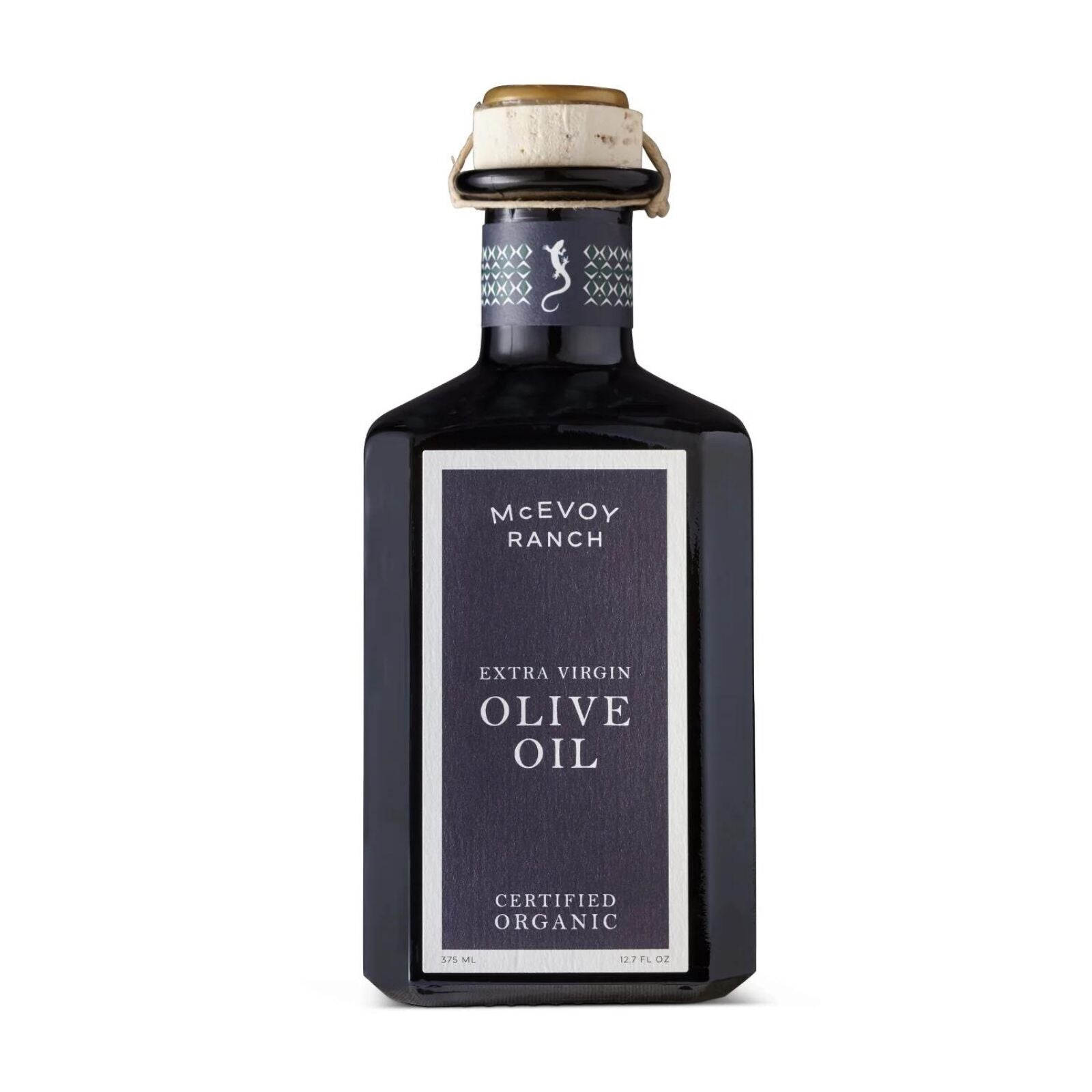We can't find the internet
Attempting to reconnect
Something went wrong!
Hang in there while we get back on track
When you buy through links on our site, we may earn an affiliate commission. Learn more
olive oil
By Rachel Geyer
Olive Oil
Out of the common cooking oils, olive oil is one of the best choices sustainability wise. However, that doesn’t mean there aren’t any drawbacks in the industry. We’ve put together a list with a range of prices of the most sustainable olive oil brands on the market.
Drawbacks of the Olive Oil Industry
Olives have been a crucial part of Mediterranean civilizations since the Bronze Age (3150-1200 BCE). Eventually they were used to make olive oil which held great value in ancient civilizations. Today, olive oil is a common household ingredient, but it got there through mass production of olives and olive oil. Modern large scale plantations operate as a monoculture, only growing olive trees, and use high levels of irrigation and agrochemicals. The olives are shipped to a different location to be processed into olive oil and added transportation increases the carbon footprint of the industry.
As with most modern products, plastic is another issue in the olive oil industry. Most olive oil is packaged in bottles made of PET plastic. PET is known for being the most recycleable plastic in the world, but only 5% of plastic waste in the US actually gets recycled. Despite being an easily recyclable plastic, when PET isn’t recycled it can take up to 450 years to decompose. During decomposition, plastics break down into tiny pieces known as microplastics that are tiny enough to infiltrate our waterways, wildlife, food, and bodies.
Advantages of Olive Oil
Despite the impact of modern agriculture and packaging, olive oil remains one of the most sustainable cooking oils. Olive trees are a permanent crop, meaning that they don’t have to be replanted every year. Because of this, olive groves don’t have to be tilled so the soil retains nutrients better, the roots become more developed and require less irrigation, trees can be around long enough to foster a thriving ecosystem around them, and they can operate as carbon sinks year long. Olives are also a drought resistant crop and require less irrigation than other oil crops when grown properly. This also means they can be grown in deserts and promote desert greening to combat growing desertification. The actual production of olive oil is also more sustainable than other oil production because it can be done mechanically without the use of hexane as a solvent, a known health and environmental hazard.
Many olive farmers are starting to re-embrace traditional methods in their olive groves. Groves are planted in natural densities and native flora and fauna is encouraged to coexist with the olive trees. Not only does this improve local biodiversity, but the presence of other plants and animals surprisingly reduces the amount of hazards to the olive crop. After olive oil processing, farmers are also reusing olive mill waste (OMW) as fertilizer for their crops. This practice reduces waste and replaces agrochemicals that would have been used otherwise to promote growth and defend against disease.
As farmers move back towards these traditional olive oil production methods and adopt new sustainable practices researched by organizations such as Italy’s National Research Council, the olive oil industry as a whole will become more sustainable.
Sources
- https://journals.ashs.org/hortsci/view/journals/hortsci/42/5/article-p1093.xml
- https://www.science.org/doi/10.1126/science.aay7899#body-ref-R6-1
- https://olivecenter.ucdavis.edu/media/files/PackagingInfluencesonOliveOilQuality.pdf
- https://www.recycletheone.com/what-is-pet/
- https://phys.org/news/2022-05-plastic-recycled.html
- https://science.howstuffworks.com/science-vs-myth/everyday-myths/how-long-does-it-take-for-plastics-to-biodegrade.htm
- https://oceanservice.noaa.gov/facts/microplastics.html
- https://www.aboutoliveoil.org/olive-oil-sustainability
- https://www.epa.gov/stationary-sources-air-pollution/solvent-extraction-vegetable-oil-production-national-emission
- https://pubchem.ncbi.nlm.nih.gov/compound/n-HEXANE
- https://www.sciencedaily.com/releases/2015/06/150615094309.htm
- https://www.ncbi.nlm.nih.gov/pmc/articles/PMC7762183/
- https://filippoberio.com/sustainability/
Want more? Become an Intentful Consumer!
Get updates on new research and products. Upvote, comment, and add suggestions to help others.




